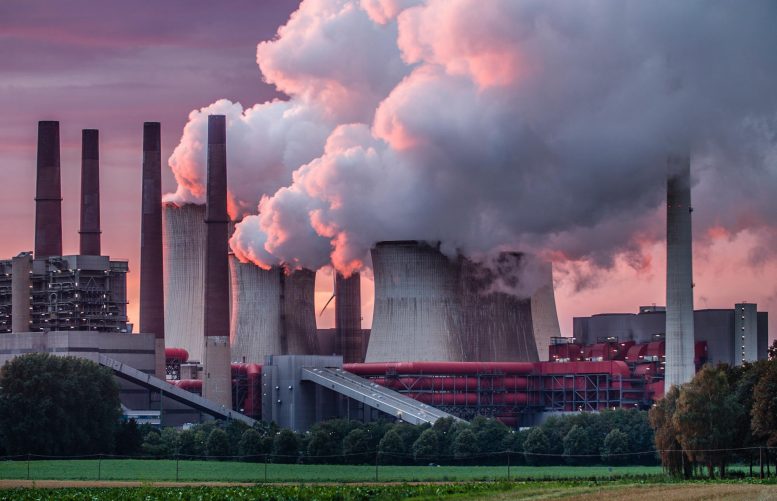
The amount of carbon dioxide in the atmosphere is only 415 parts per million—but that’s the highest it’s been in at least three million years, according to climate scientists. Photo: Stock Image.
In July 2015, U.S. Environmental Protection Agency head Gina McCarthy was being grilled by lawmakers over President Obama’s Clean Power Plan requiring states to limit carbon emissions, when she was asked, “What percentage of the atmosphere is CO2?”
The EPA’s top administrator said she didn’t know. Whether she didn’t know the percentage precisely and didn’t want to generalize or couldn’t even hazard a ballpark guess, the attack was on.
Either way, the answer to that question is there is a lot less carbon dioxide in the atmosphere than most people think, and according to University of Alberta climatology researcher Andrew Bush, that’s all the more reason to be wary of even the slightest changes.
The composition of the atmosphere at present is about 77 percent nitrogen, 21 percent oxygen, and just under one percent argon, with the final one percent accounting for a host of trace gases including water vapor—which forms rain and clouds, nitrous oxide, methane, ozone, and carbon dioxide, Bush said.
Carbon dioxide makes up just 0.0415 percent of the atmosphere, or 415 parts per million. That number made headlines in May as concentrations of CO2 within the Earth’s atmosphere have not been above 415 parts per million in upwards of three million years.
The trace gases that make up that final one percent are all greenhouse gases, with water vapor being the best at absorbing the most radiation, Bush explained.
“The thing about trace gases is that many of them don’t last long in the atmosphere. Tropospheric ozone, for example, doesn’t last very long because of chemical reactions. And water vapor’s lifespan is a matter of days, maybe weeks.
“But CO2 can last in the atmosphere for decades, even centuries.”
And though less than half of one-tenth of a percent would seem insignificant, Bush said from a radiation and energy perspective, it is critical.
“For instance, ozone makes up just 0.000004 percent of the atmosphere, but without the stratospheric ozone layer absorbing ultraviolet radiation coming in from the sun, there would be no terrestrial life at all on the planet,” he said.
Because oxygen and nitrogen allow the Earth to radiate thermal energy back into space, Earth’s average temperature would be a frosty -18C without the warming processes generated by greenhouse gases, instead of the current comfortable 15C.
In fact, greenhouse gases, as Bush explained, can absorb the energy given off by any substance at terrestrial temperatures.
“That means even the energy you and I give off, our body heat, is absorbed quite nicely by carbon dioxide, water vapor, and other greenhouse gases, then partially re-radiated back at us.”
He added blankets or sweaters are made of material that has the same properties as greenhouse gases—only they’re not gases.
“Increasing greenhouse gas concentrations in the atmosphere is as if the Earth were putting on a thicker and thicker blanket, and a temperature increase is inevitable,” he said.
Increasing concentrations of greenhouse gases build off each other, which Bush said leads to climate change.
“For example, an increase in CO2 causes temperature to warm. Warmer air can hold more water vapor, so evaporation increases and that leads to even more greenhouse gases—a positive feedback,” he explained.
“Just because it’s a small percentage of the atmosphere, that in no way means it’s unimportant.”

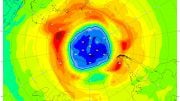

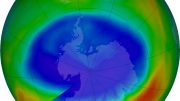
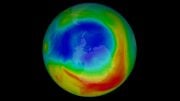

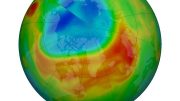

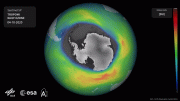
Be the first to comment on "Even a Small Change in Earth’s Carbon Dioxide Makes a Big Difference – Here’s Why"